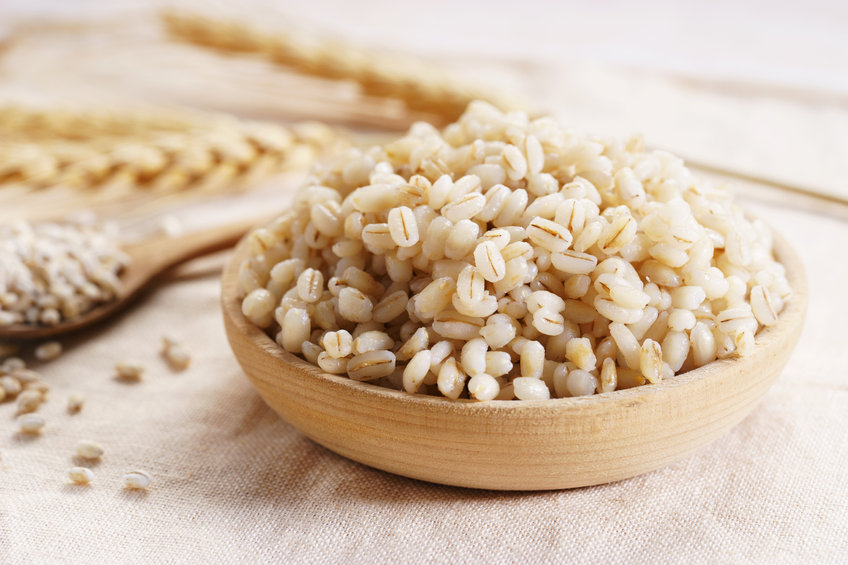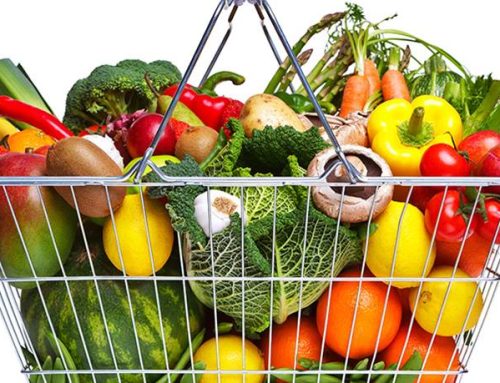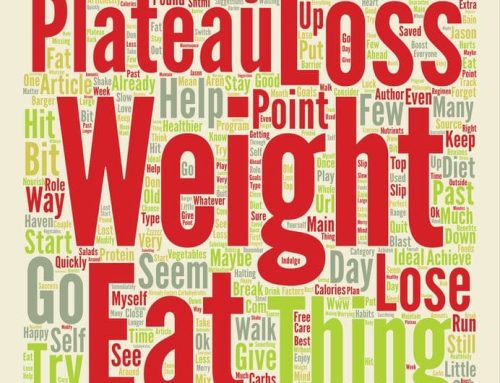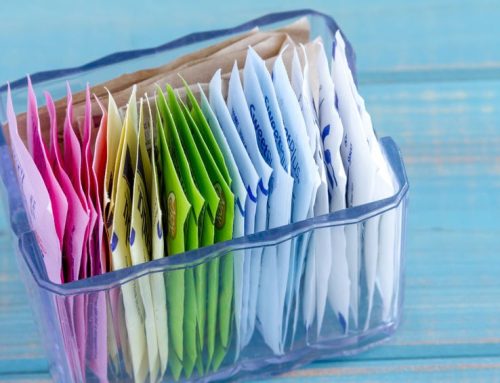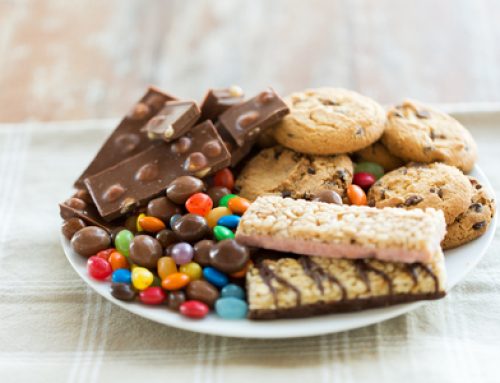Wondering about foods that lower cholesterol? First you need to understand this substance: You’ve got both bad cholesterol (low-density lipoprotein or LDL) and good cholesterol (high-density lipoprotein or HDL) and those levels can fluctuate slightly based on what you eat.
The difference food makes in impacting your cholesterol levels may not seem important at a glance, considering your liver is your primary source of cholesterol, which makes about 85% of the cholesterol in your blood.
But foods that are high in cholesterol tend to also be high in saturated fats and in some cases, trans fats. Saturated fat and cholesterol are mainly found in animal products like fatty meats, high-fat dairy products, poultry skin and baked goods. Eating those foods could lead to an increase in your LDL and a decrease in your HDL, which can cause plaque to form in your arteries and eventually lead to heart disease.
“Your diet influences your overall risk for several conditions in multiple ways,” says registered dietitian Julia Zumpano, RD, LD. “Why do we even care about cholesterol? Because it’s a risk factor for heart disease. So, what we’re really trying to prevent is the heart disease.”
Foods that lower cholesterol
You can increase your HDLs through exercise, but when it comes to your diet, there are several foods that can help with LDL reduction The key here is to reduce, replace and improvise.
Soluble fiber is a gummy fiber that binds to bile (which is composed of cholesterol) and removes it with your body’s waste. For every 1 gram of soluble fiber you eat, you can lower your LDL by 1%. Replacing foods high in saturated fat with mono- and polyunsaturated fats can also help reduce LDL in your body. It’s important to find small ways of building these foods into your diet, like swapping out cheese on a salad with avocado slices or replacing a creamy dressing with olive oil and vinegar.
Oats and grains
Oats and grains are a great source of soluble fiber. A good way to start your day is having a bowl of oatmeal or oat bran muffins. “Oats are very versatile,” says Zumpano. “They can also be ground up to make oat flour and used to replace traditional white flour to increase fiber.” Experiment with different grains like quinoa, barley, buckwheat, rye and millet, or use more mainstream grains such as brown or wild rice as a side dish.
Legumes
Another source for soluble fiber is legumes, which include dried beans like kidney beans or black beans, lentils and split peas. These are also high in protein and incredibly filling — helping curb your cravings from one meal to the next. Legumes are a great replacement for meat, too, which also helps lower cholesterol values. “They don’t spike your blood sugar as much as some other carbohydrates may, which can also be supportive in controlling blood sugars,” says Zumpano.
Non-starchy vegetables
Replace potatoes, peas and corn with non-starchy vegetables like asparagus, Brussels sprouts, cabbage, broccoli, cauliflower, tomatoes, peppers, celery, carrots, leafy greens and onions, as they’re low in calories, high in fiber and contain protein. “These vegetables support all of the goals we’re trying to accomplish to keep cholesterol down, sugar and salt down,” says Zumpano.
Nuts and seeds
Next time you’re in need of a little crunch, or just a snack between meals, you might want to try a handful of nuts. Walnuts, almonds, hazelnuts, chia seeds and flax seeds have been shown to increase HDL and lower LDL and triglycerides (blood fats similar to cholesterol) if you eat them regularly and use them to replace other crunchy, salty snack foods. Not only can these be filling, but they can be added to meals to enhance flavor and nutrition.
Sprinkle pepitas or sunflower seeds on your salads, or add chia seeds and flax seeds to oats, whole-grain pancakes or Greek yogurt. “This is a very satisfying food category, which can help when you’re eating a lot of plant-based foods,” notes Zumpano.
Fruits
Berries are key: Blackberries, blueberries, raspberries, pomegranate and strawberries are high in soluble fiber and low in sugar. Apples, bananas and pears provide soluble fiber, too, but be cautious of the portions of these fruits because they contain more sugar. Fruit can be an excellent addition to oatmeal, a salad or snack.
Soybeans, edamame and tofu
Plant-based diets can be powerful. As we’ve seen with beans, soybeans, edamame and tofu are all heart-healthy options that provide that feel-good feeling of being full while also functioning as a replacement for red meats that are high in saturated fat.
Fish
Go for a tuna steak instead of a traditional steak or try a salmon patty instead of a burger. Fatty cuts of red meat, which include beef, pork, veal and lamb, should be replaced with fatty fish like salmon, herring, tuna or mackerel because these provide the anti-inflammatory omega-3 fatty acids, a polyunsaturated fat, to help lower LDL.
“You’re improving your overall lipid panel,” says Zumpano. “When you replace the fat in red meat with the fat from fish, you’re really supporting cholesterol reduction overall.”
Olive oil and avocados
Extra virgin olive oil is low in saturated fat and high in monounsaturated fatty acids, which is supportive of heart health and can increase your HDL. Avocados have similar properties. “Extra virgin olive oil and avocados should be used as staple fat in a heart-healthy diet to replace saturated fats like butter, margarine and white condiments like mayonnaise, sour cream and cream cheese,” says Zumpano. “When you start to utilize plant-based fats to replace animal fats, that will help lower your cholesterol and improve your overall heart health.”
Click here to read more about foods that lower cholesterol.


